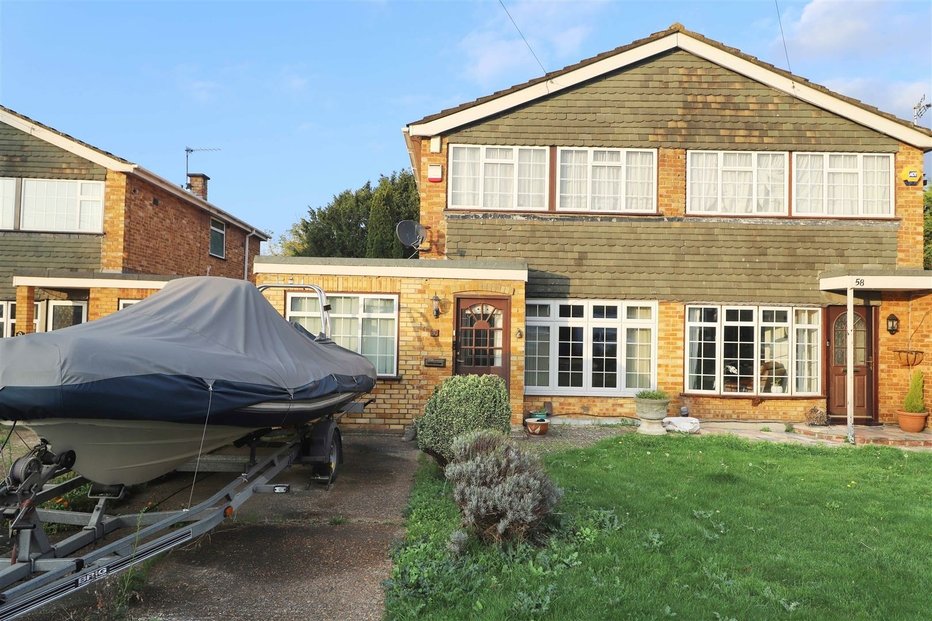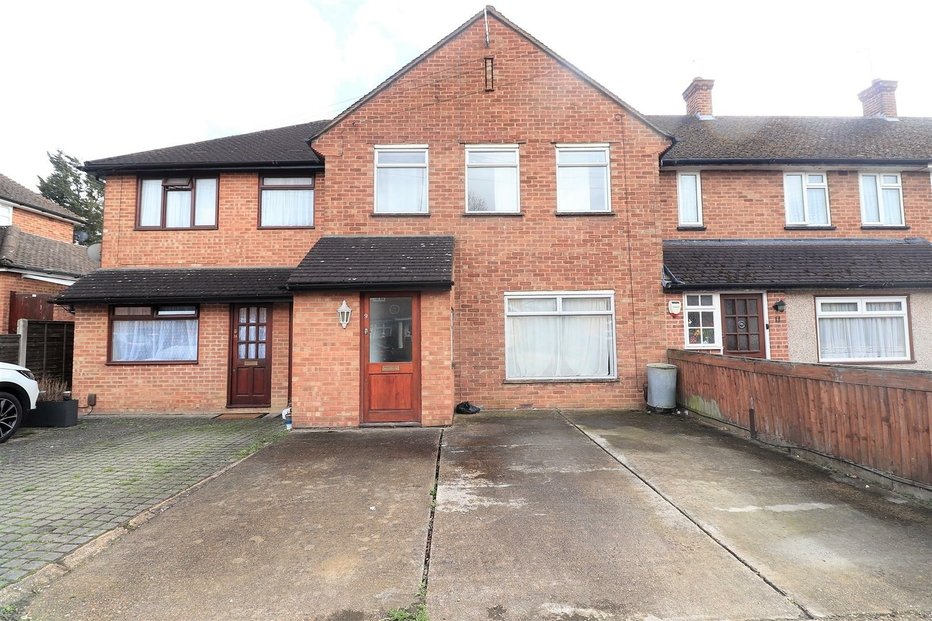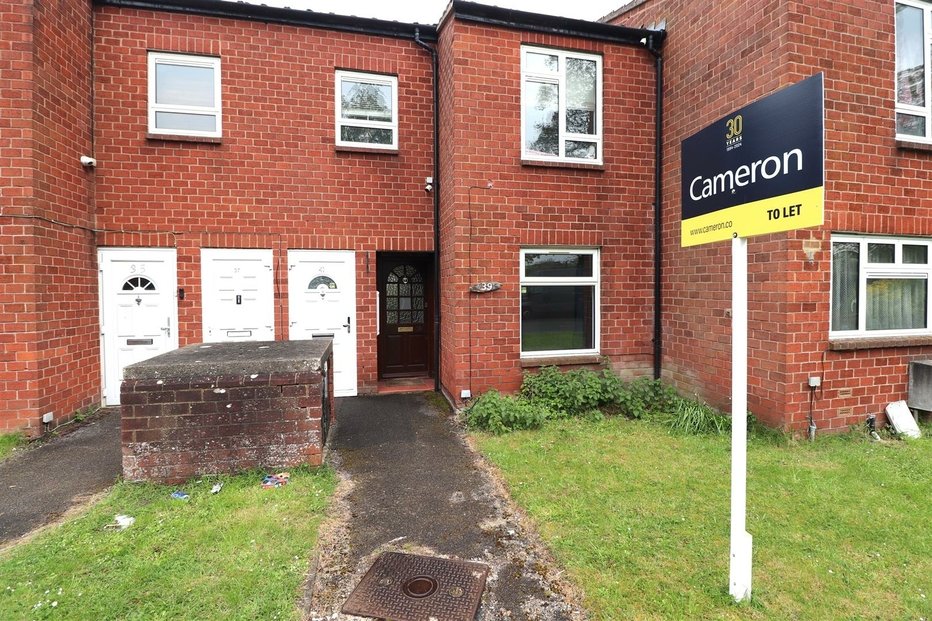The number of young people aged 25 to 34 in England able to buy a home in the area where they live has fallen substantially with first time buyers in London particularly badly hit by barriers to ownership, new research shows.
In 1996, as long as they had a 10% deposit, this age group were able to buy a home in their area if they borrowed 4½ times their salary, the maximum that most lenders will now allow, according to a study from the Institute for Fiscal Studies (IFS).
But by 2016, even with a 10% deposit, only around 60% of young adults would have been able to borrow enough to buy even one of the cheapest homes in their area and in London only one in three were able to do so.
The analysis, which focuses on how barriers to home ownership have changed in the last 20 years and considers possible policy solutions, also reveals that largely as a result of price rises, the share of 25 to 34 year olds who own their own home fell from 55% to 35% between 1997 and 2017.
After adjusting for inflation, average house prices in England have risen by 173% since 1997, compared with increases in young adults’ real incomes of only 19% and the really big increases in house prices happened before the financial crisis.
It is only in London, the South East and East of England that average real house prices are above their pre-crisis level. For these regions, real house prices grew by 30%, 8% and 10% respectively between 2007 and 2017.
It also points out that house prices differ a lot more around the country than do young adults’ incomes. This makes it much harder for young adults in London to buy than it is for those in other parts of England. In London, 95% of young adults would need to save at least six months’ income for a 10% deposit on an average priced home in their area. This compares with just over half in Yorkshire and the North East.
For policymakers concerned by these trends, the key action is to increase supply of homes, and the responsiveness of supply to changes in demand, says the IFS, adding that planning restrictions, such as the Green Belt, prevent the construction of new homes in response to demand, particularly in London and the South East. Easing planning restrictions would increase homeownership and reduce both property prices and rents.
It also says that without increasing supply, policies to help young adults get onto the housing ladder will continue to push up house prices and potentially rents too, which would hurt those lower income young adults who will never be able to buy their own home.
‘Big increases in house prices compared to incomes over the last two decades mean that it is increasingly difficult for young adults to get on the housing ladder, even if they do manage to save a 10% deposit,’ said Polly Simpson, a research economist at the IFS and co-author of the research report.
‘Many young adults cannot borrow enough to buy a cheap home in their area, let alone an average priced one. These trends have increased inequality between older and younger generations, and within the younger generation too,’ she added.
According to Jonathan Cribb, a senior research economist at the IFS and co-author of the research, increasing the responsiveness of construction to house prices is a necessary part of the solution, particularly in areas with high prices such as London and the South East.
‘Unlike other policy alternatives, this would both help reduce house prices, boost home ownership and reduce rents, benefiting renters, some of whom will never own,’ he said.
The National Federation of Builders (NFB) said that it wholeheartedly agrees that easing planning restrictions would increase home ownership and pointed out that planning remains the greatest growth barrier for small and medium-sized (SME) house builders and its impacts are felt across the entire housing supply chain, from housing associations and community land trusts to self-builders and constructors.
Richard Beresford, chief executive of the NFB, explained that it is important to remember that the Government sets national planning policy and local authorities have the duty to allocate sites for housing as well as interpreting what a successful planning process looks like.
‘When local authorities fail to deliver a robust local plan, too few homes are built and build costs spiral. Consequently, house prices, particularly in London and the south east, remain unaffordable,’ he explained.
‘The Government should do more to promote best practice and diversify the housing market. It signalled its ambition to diversify the market by lifting the housing revenue account cap, but much more work is needed to make sure that planning supports a competitive market and operates a more level playing field,’ he added.
















Having bought through Cameron, i felt they kept me update to date with everything that was going on. There was no hassle arranging viewings, and they helped me all the way through the process. Good, efficient service. Will definitely recommend!
... read more